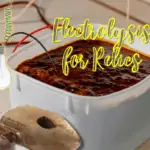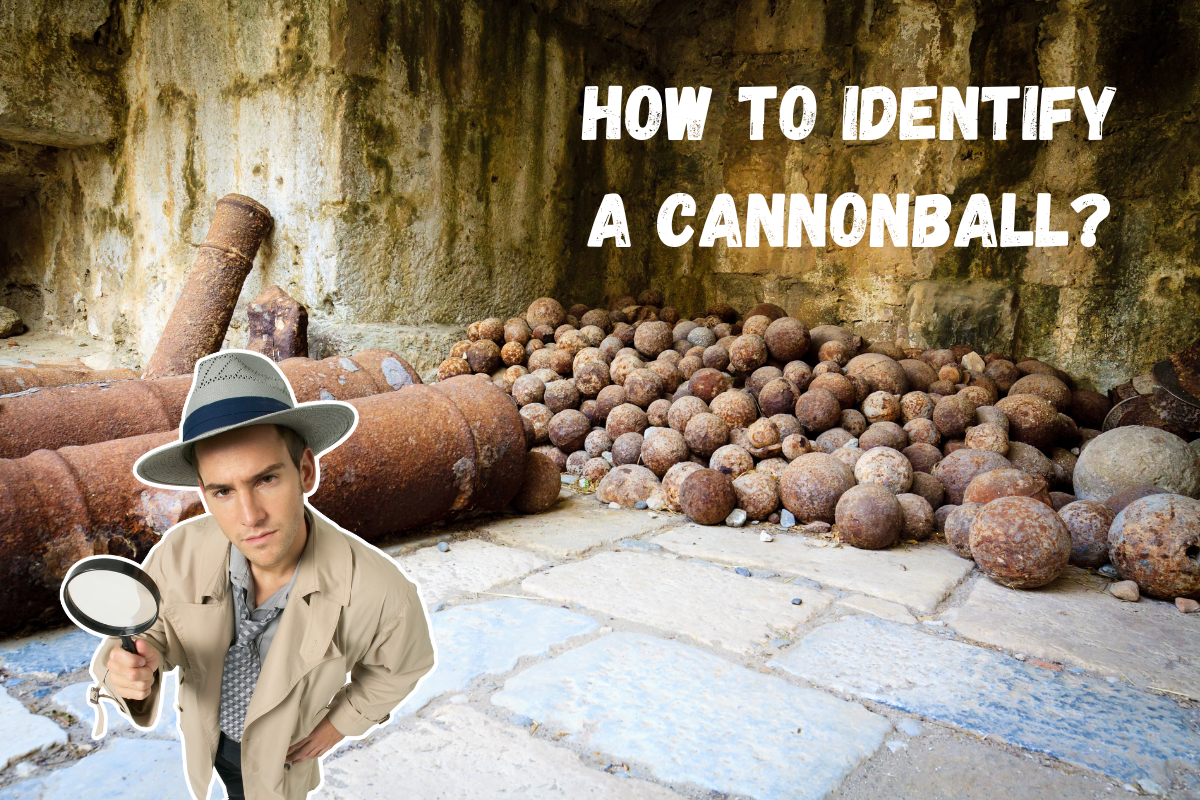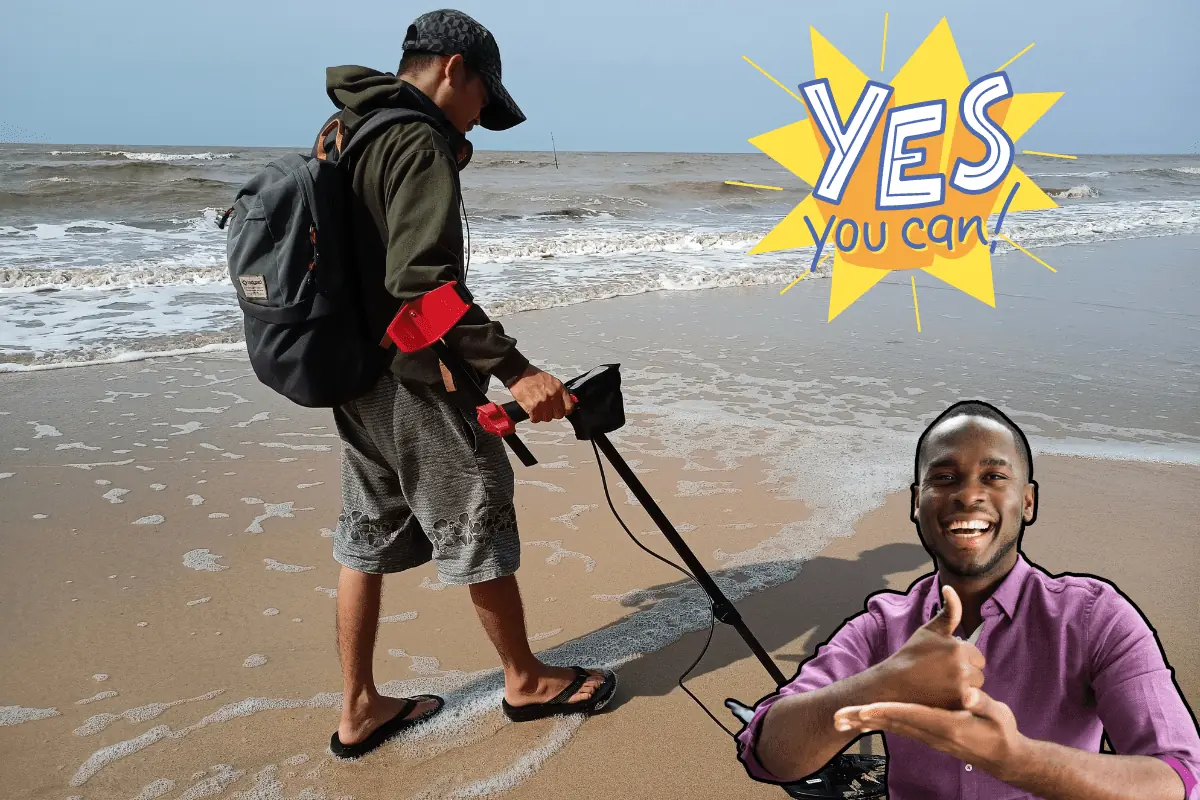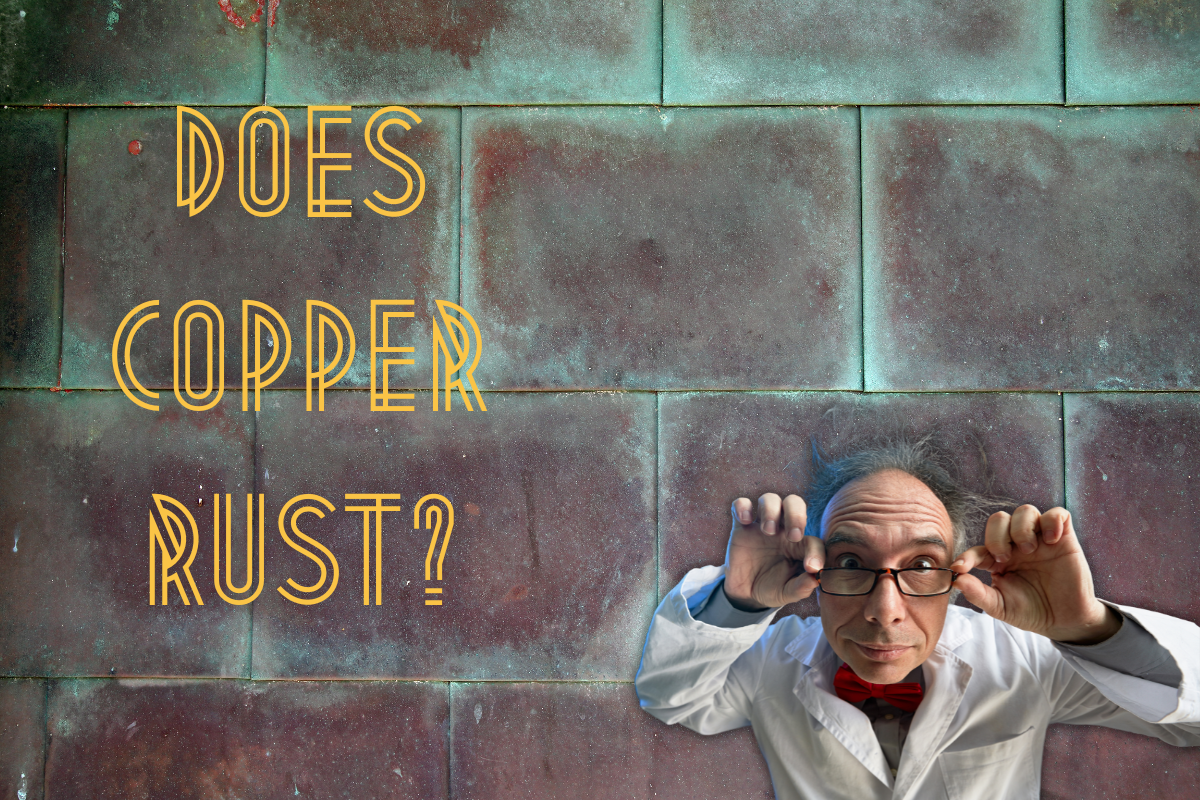Welcome to the third installment of our clean series where we tackle coins found from the ocean and beach.
Because of the ever-growing popularity of beach combing and diving for treasures with metal detectors, many detectorists and lucky pleasure-seekers eventually find themselves asking an important question.
How do you clean coins from the ocean?
In this article, we will answer just that. No matter if your coin came from the great depths of the ocean or if your coin washed up onto the sandy beaches of Cape Cod, we’ve got the perfect method just for you.
** Disclaimer ** – If you are looking to clean a coin of any significant value, or importance, or just want to be sure, stop what you’re doing. Check with a professional first as cleaning may likely decrease the value and erase some historical details.
How Do You Clean Coins From the Ocean?
The best way to clean coins from the ocean is to use a rock tumbler, some carefully selected media, and a cleaning solution like dish soap or CLR.
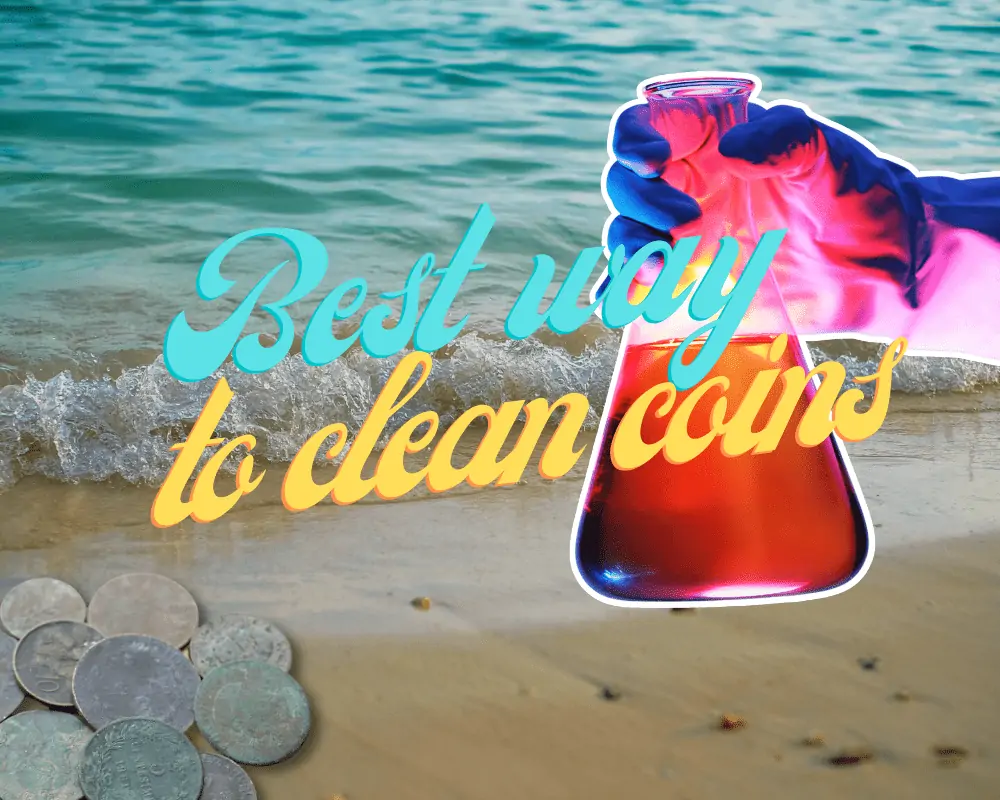
Rock tumblers are most commonly used for polishing rocks by slowly grinding away the rough edges with abrasive materials as it rotates over a set period. This process is made to imitate the natural smoothing process that occurs to rocks when interacting with water over time.
When it comes to the metal world, rock tumblers are ideal for polishing coins and removing hard-to-get dirt that has built up over decades or even centuries.
How to Use a Rock Tumbler to Clean Coins From the Ocean
If you’ve found yourself a treasure trove of quarters, pennies, or any manner of crusted coins along the ocean, a rock tumbler is a perfect tool to get your coins cleaned up to a sparkling new finish.
Using a rock tumbler to clean coins from the ocean is so easy and doesn’t require a lot of effort on your part.
To start, you’ll add your coins to the inside of the barrel. Barrels can come in all different sizes, depending on the number of coins you’re looking to clean at one time. So don’t be shy about loading up a handful for one go around.
Just be mindful about separating out the copper coins from any silver you come across. When cleaning together, the copper color tends to bleed into the silver coins, giving you a nasty brown tinge to your would-be shiny silver.
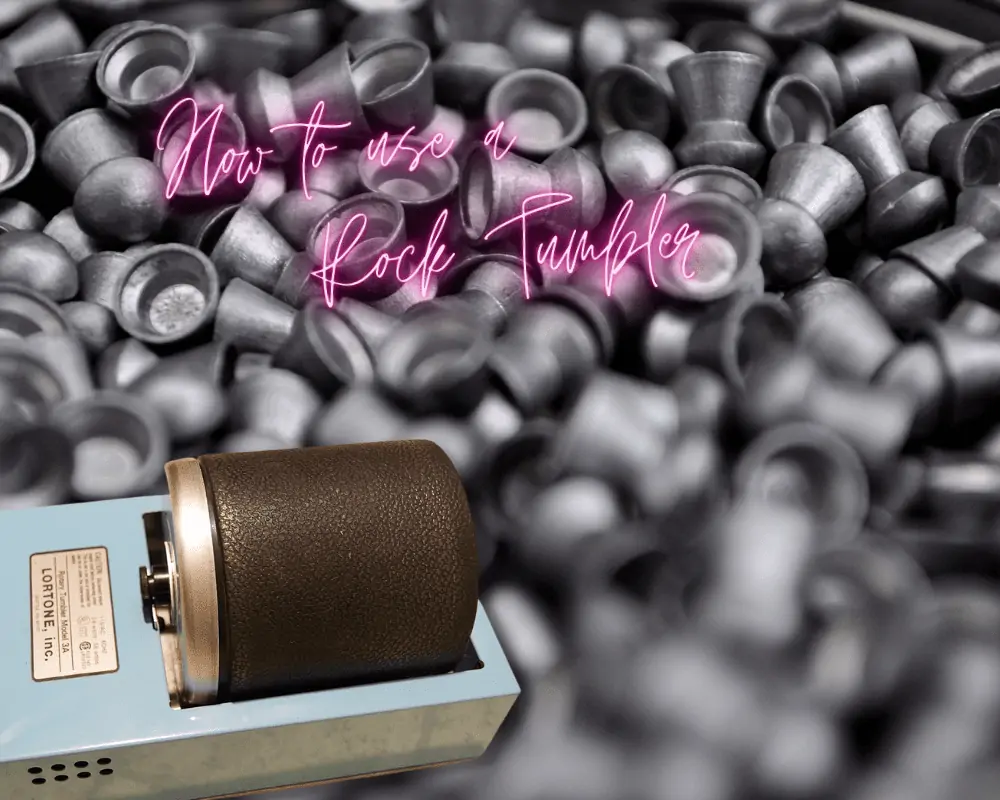
With your coins in the tumbler, go ahead and add in some media. Media is the abrasive material you want to be mixed in with the coins to grind away all the dirt and oxide found on the surface.
Many different kinds of media are used like walnut shells, plastic pellets, sand, and even those tiny rocks you find in fish tanks. But, the recommended tumbler media by most enthusiasts is stainless steel shot.
Stainless steel media is reusable, rust and corrosive resistant, and capable of taking a beating against the roughest of surfaces.
The amount needed will depend on the size of your tumbler. You should normally fill your tumbler up to 3/4 full. So after you add your coins, liquid cleaner, and media, there should still be room left for proper polishing.
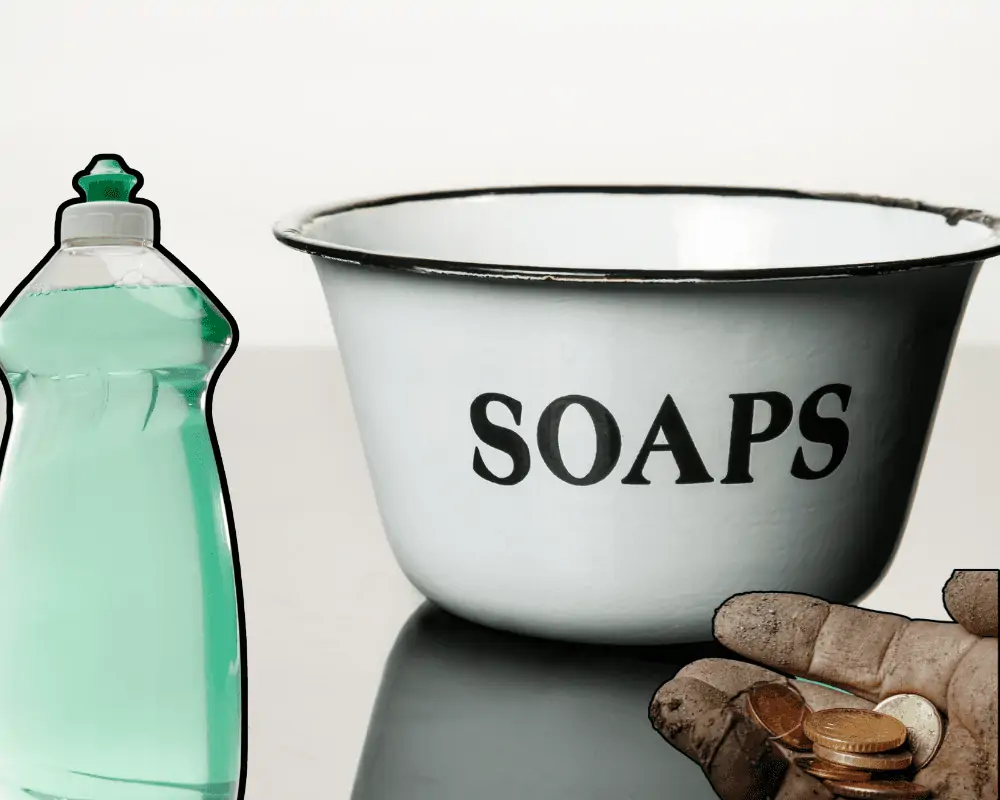
As far as the liquid cleaner goes, you can use whatever you want. Some people just use some hot water, while others opt for something a little stronger like CLR. Dishwashing soap would work fine as well.
Once you’ve secured everything inside the barrel and start tumbling, all you have to do is wait.
The time it takes to completely clean will vary depending on the amount of oxide or dirt, the type of liquid cleaner you used, and the kind of media chosen.
For most cases, I’d recommend running the tumbler for an hour. Then check and see the state of the coins. Don’t be surprised if they need more time though. Several hours in a tumbler is pretty common.

When you are done with your tumbling, be sure to completely dry out your media before storing it away. I’d first strain it, pat it dry, and then let it sit in the sun for a couple of hours just to be sure. It’ll save you from having to buy more down the road.
Also, take your clean coins, rinse them under some water and leave them out to dry.
While using a rock tumbler is the more popular method of cleaning coins from the ocean, this isn’t always the right option. Especially if you’ve stumbled across a coin that is clearly valuable or has some historical significance to it.
But we will get to that in a moment. First, let’s talk about what exactly happens to coins when left in the ocean so we know what we are dealing with.
Do Coins Corrode in Water?
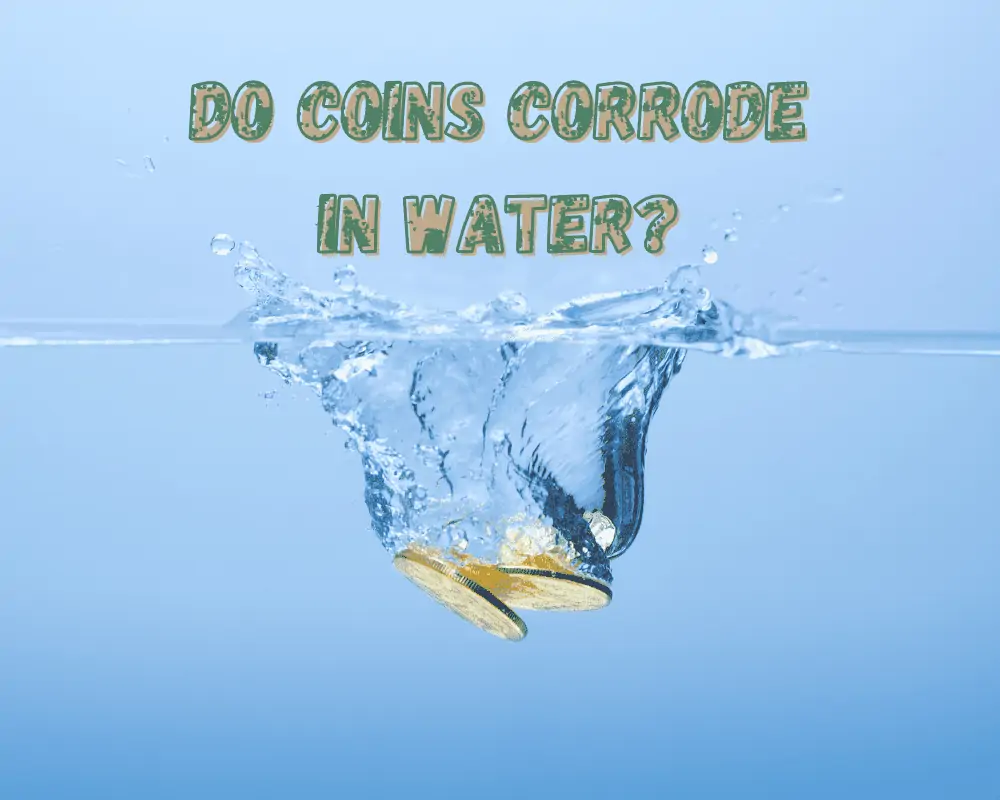
The ocean is a tough environment for anything made of metal, including coins. The saltwater causes corrosion, and the waves and sand can damage or destroy a coin.
The type of coin left in ocean water will play a role in how badly corroded it becomes. For instance, seawater is actually very harmful to silver coins, while gold keeps its shiny exterior regardless of the environment.
This is because silver is a reactive metal that oxidizes when it comes in contact with water, whereas gold does not corrode.
But not all water is created equal. The temperature of a body of water will affect how quickly the corrosion of a coin sets in.
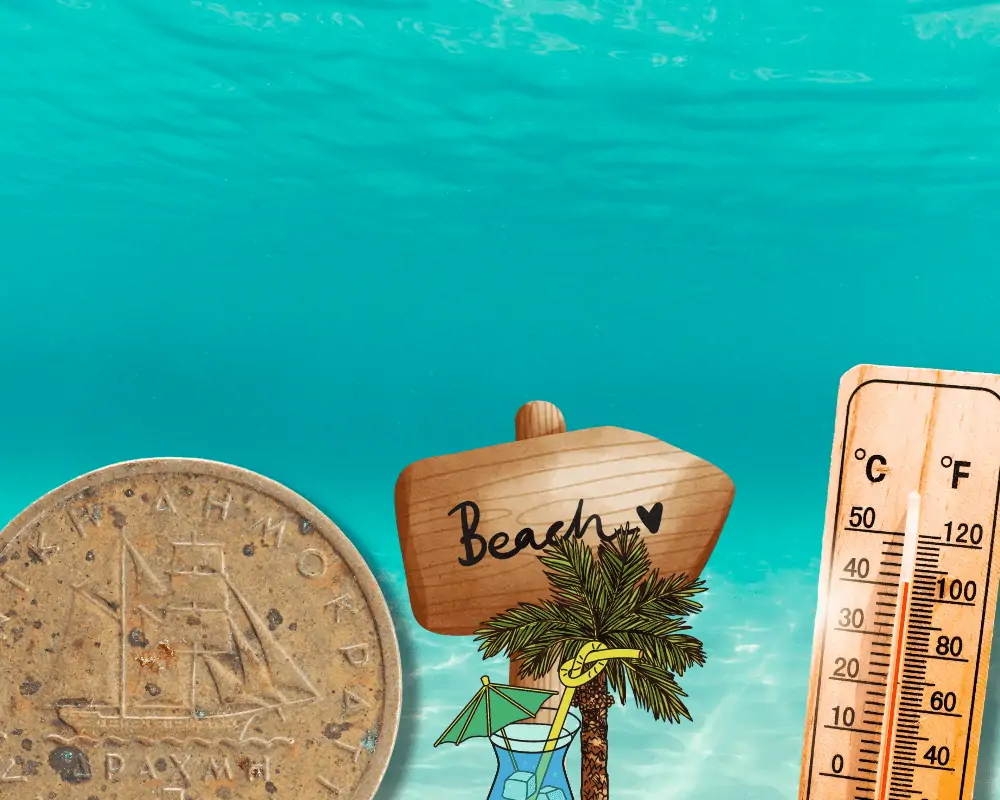
For instance, warmer water will cause silver to corrode more quickly than cold water. So if a silver or copper coin is left in the water in the Caribbean, it will corrode much more quickly than if it were left in the water off the coast of Alaska.
The amount of time a coin spends in water will also play a role in how badly it is damaged. Not only with the temperature induce the oxidation process, but other forms of bacteria and sea life can cause even more damage to a coin the longer it is exposed.
This is why you will often see coins that have been pulled from the water with what looks like green crusting on them. This is called verdigris or patina and is caused by the corrosion of certain metals and alloys.
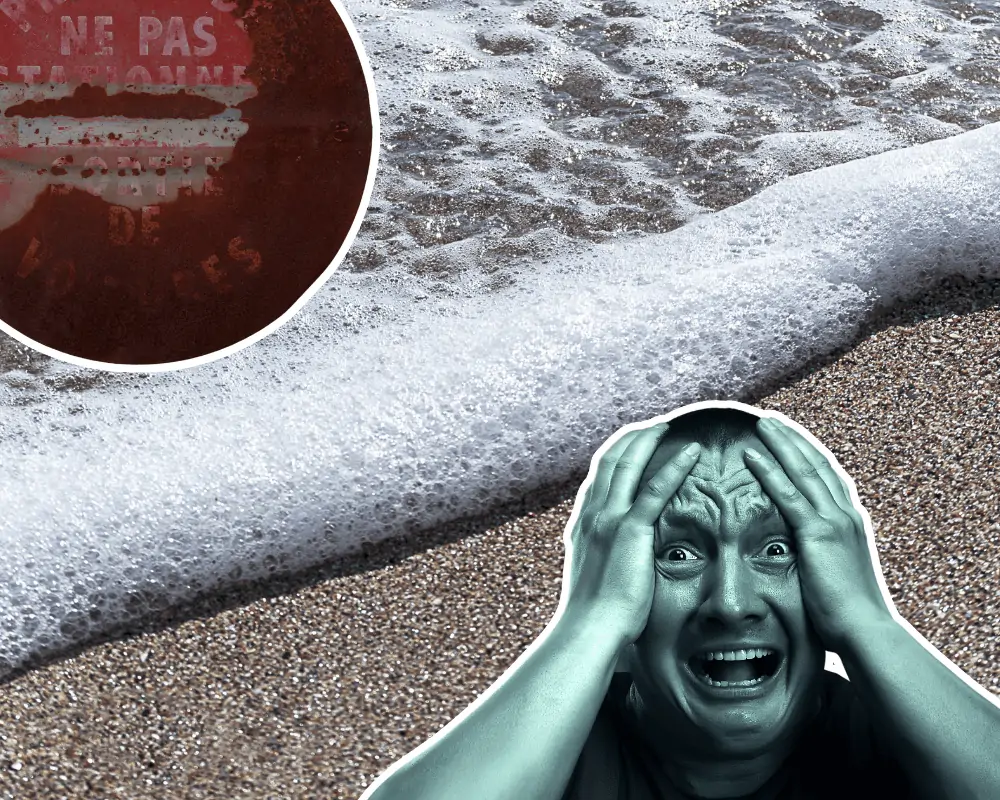
It’s not just the corrosion that causes problems for coins in the water, but the waves and sand as well. The constant movement will wear down the coin, making it more difficult to clean and less likely to hold its value.
This is why many people who find old coins at the beach opt to have them cleaned professionally rather than trying to do it themselves.
But if you’ve found a coin in the sand and want to clean it yourself, there are some methods besides tumbling that you can explore.
How Do You Clean Old Coins on the Beach?
The best way to clean an old coin on the beach is to place them in a bowl filled with vinegar and salt solution for no less than a few hours, but several days may be necessary.
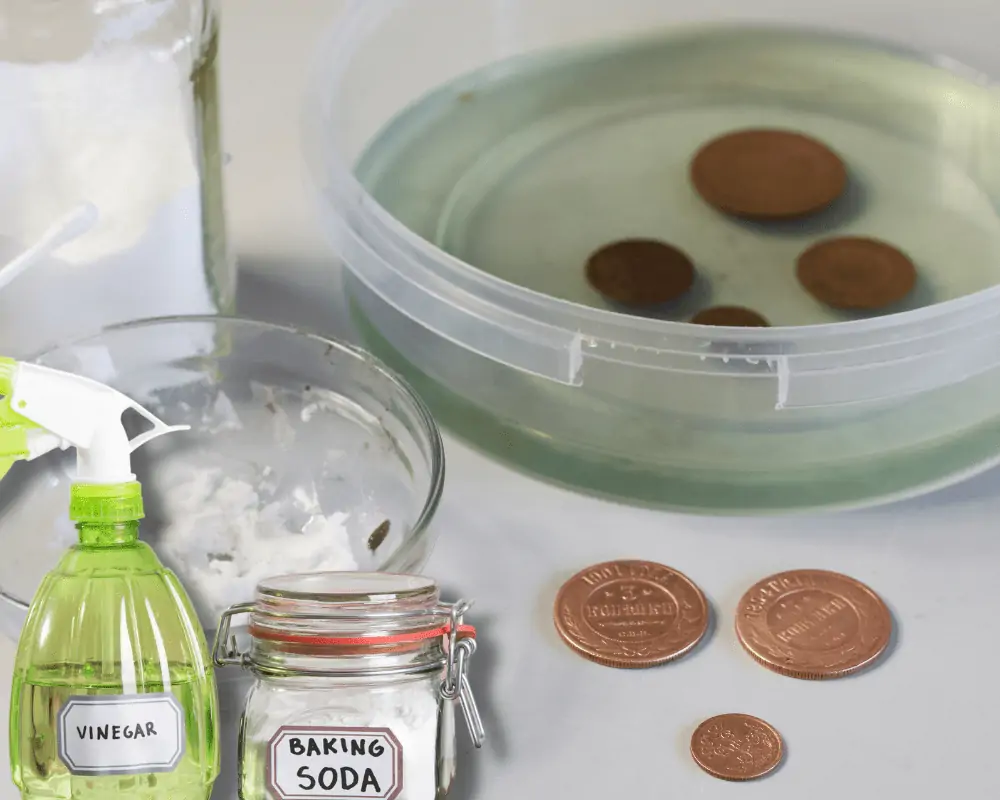
If you do decide to soak them for several days, be sure to change the solution every 24 hours to remove any of the impurities that may be causing the corrosion.
Once you’ve allowed the coins to soak, remove them from the vinegar solution and rinse them off with clean water to remove any remaining acids. Gently scrubbing with a soft-bristled toothbrush is generally a good idea to clean up any leftover rough spots on your coin.
Next, dip the coins in some distilled water to prevent them from oxidizing any further. Now, pat them dry as best you can and leave them out to dry completely before storing them away.
How to Clean Coins Found in Sand
If you find a coin at the beach buried in the sand, there’s usually no need to worry too much about a perfect cleaning method. In most cases, a quick rinse with clean water will do the trick.
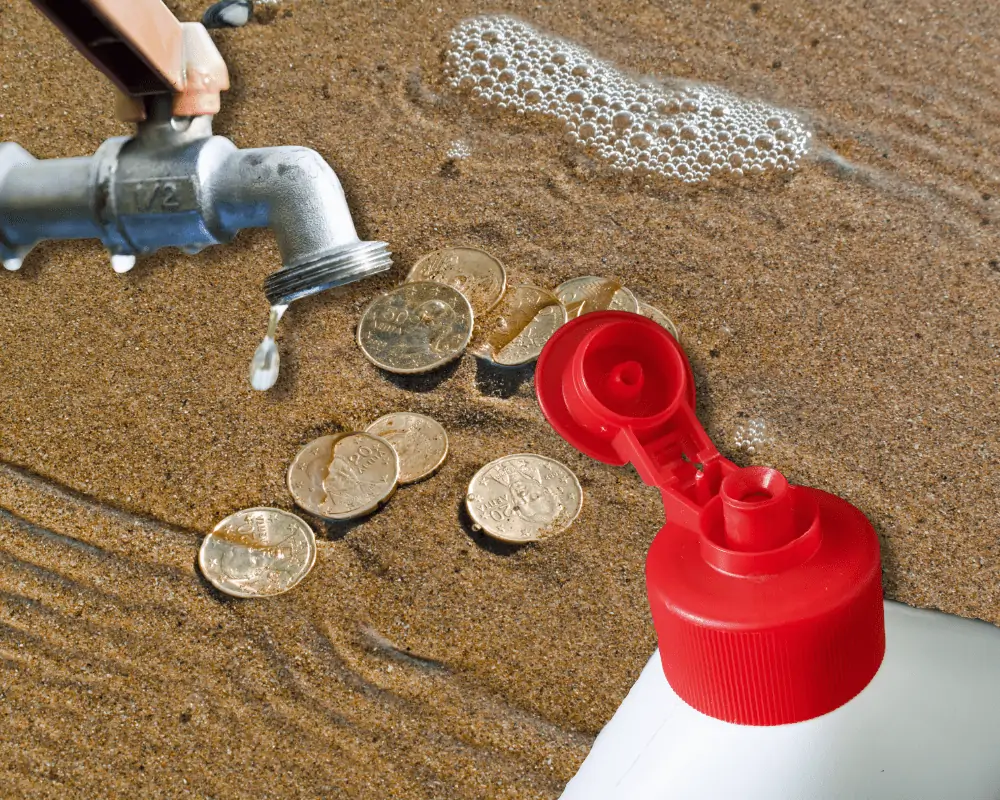
If the coin is particularly dirty, you can brush it clean with a toothbrush under running water and some ordinary dish soap.
Granted, there are exceptions as not every coin you come across in the sand will be a 10-year-old penny.
You may find coins that are much older and, as such, require a bit more care when cleaning them. Or, you could come across some coins that aren’t that old but are unique due to minting errors.
For instance, a 1965 Roosevelt dime isn’t always just a dime. Due to a transitional error in using one metal alloy for another, you may have found a dime worth several thousands of dollars. And you wouldn’t even know it without weighing it first.
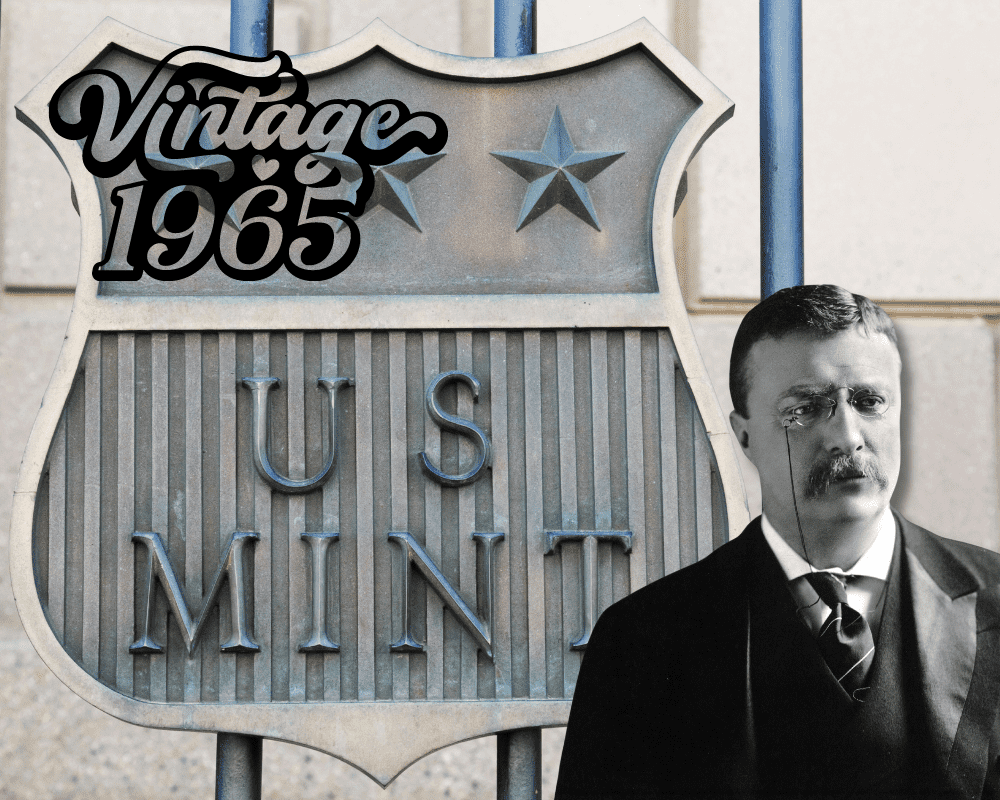
But in many cases, coins that are found in the sand at the beach are coins that just haven’t been swept away by the tide yet.
They’re not likely to be as corroded or damaged as coins that have been sitting at the bottom of the ocean for years.
So, a quick rinse should do the trick most of the time.
Cleaning Silver Coins
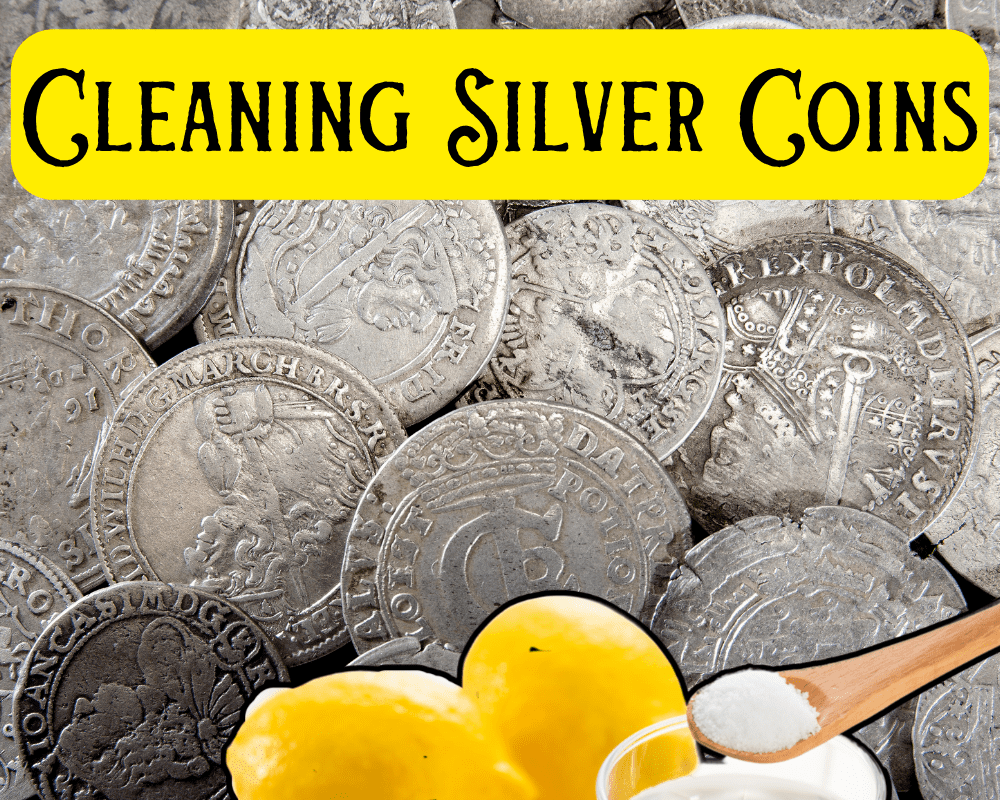
Cleaning silver coins should always be done with care and purpose. You never know what the true value of a silver coin is upon first finding it unless you’ve had lots of experience with other metal detecting finds.
You may not know this but the present-day “silver” currency that we think of like dimes, half-dollars, and quarters are made up of a combination of different metals, none of which are silver.
In 1964, the United States stopped using silver in their coins and switched to a copper-nickel alloy.
The value of silver was constantly increasing and while the government mint still produces silver coins today, they are used for collection pieces or future investments. The “silver” in circulation is the copper-nickel alloy we mentioned.
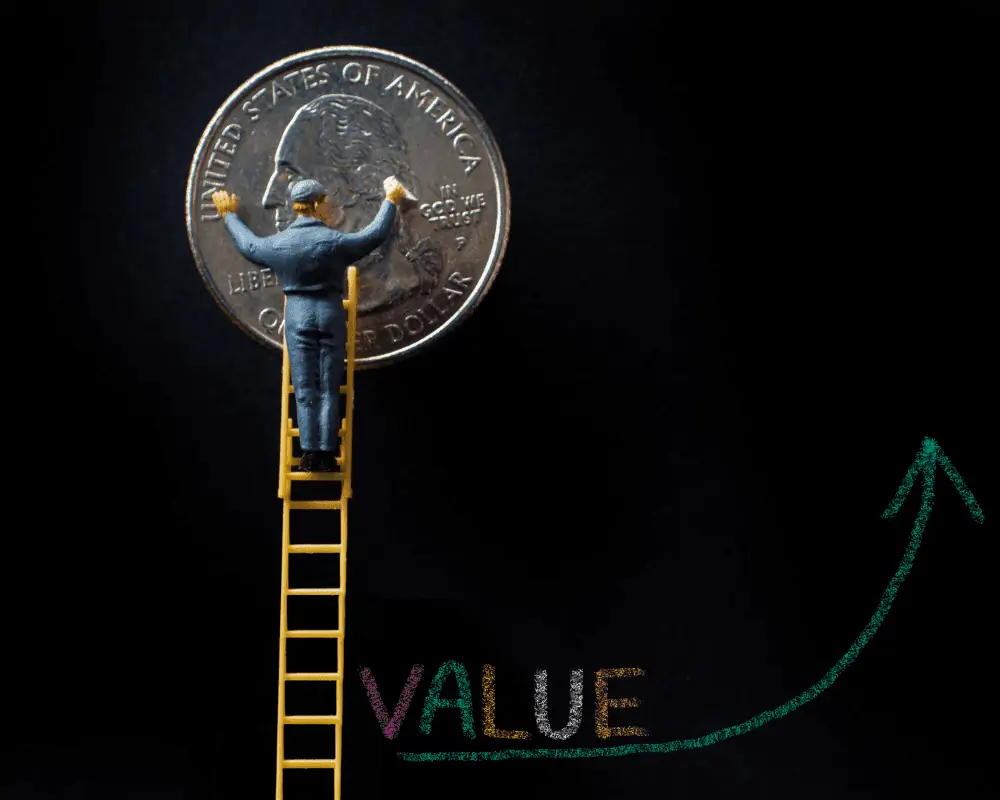
This means that most of the true silver coins you’ll find will be old, valuable, and sometimes even rare.
It’s always a good idea to take these types of coins to a professional coin dealer for an appraisal before attempting to clean them. And if you do decide to clean them, use a safe and easy process like electrolysis.
But, if you come across any other silver coin like an alloy-made currency, keep reading for more cleaning processes you can do yourself.
How Do You Clean Silver Coins From the Beach?
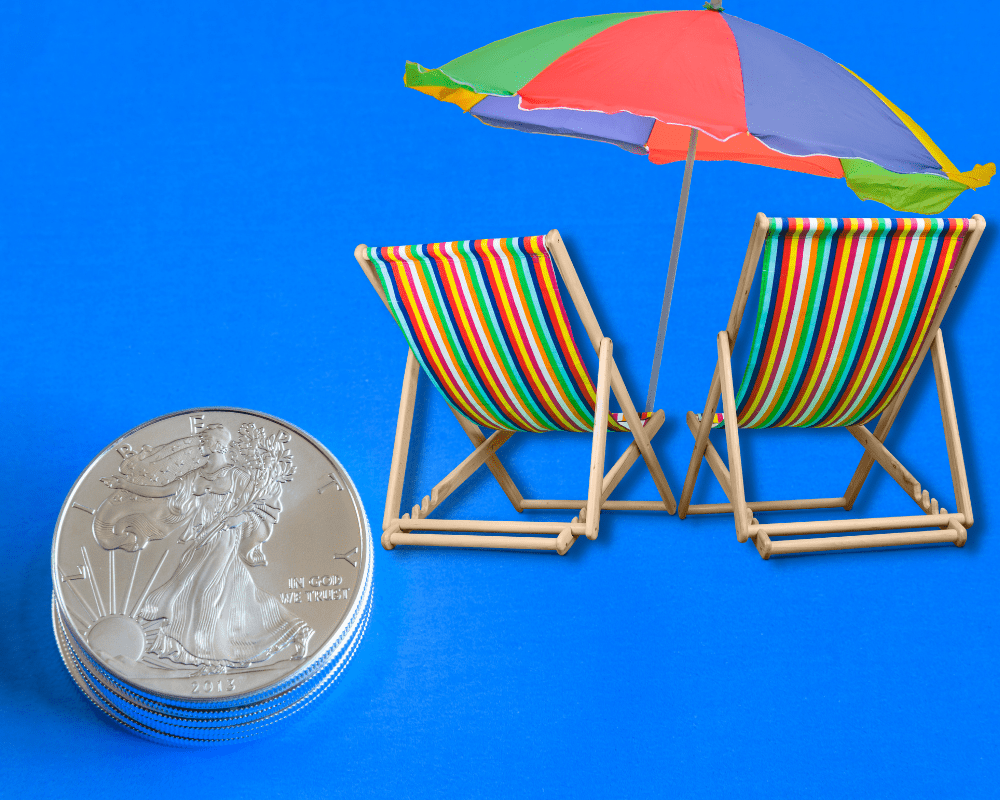
If this is real silver we are talking about, forgive me if I mention a disclaimer yet again. Just leave it be until you either know exactly what it is and its significance or you have a professional examine it for you.
However, to answer your question…
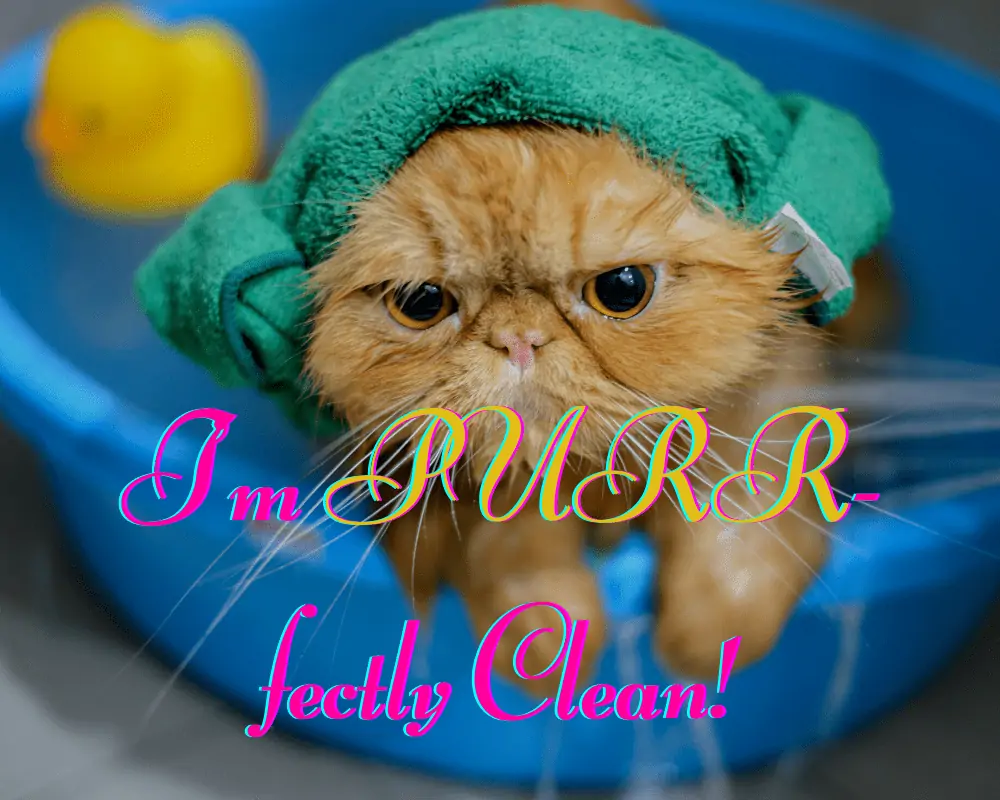
You can clean silver coins from the beach with an acidic bath solution like vinegar, just as you would with any other kind of coin.
If your silver coins are more tarnished and require a more abrasive method to remove the silver sulfide, you can attempt to polish them off with a tumbler.
How Do You Clean Silver Coins in the Ocean?
Silver coins you find in the ocean will usually be more corroded than those found on the beach due to the saltwater. And to top it off, as soon as you remove them from the ocean, the air will instantly start to ramp up the rate of corrosion.
This is why it’s extra important that you clean these coins as soon as possible after retrieving them from the water.
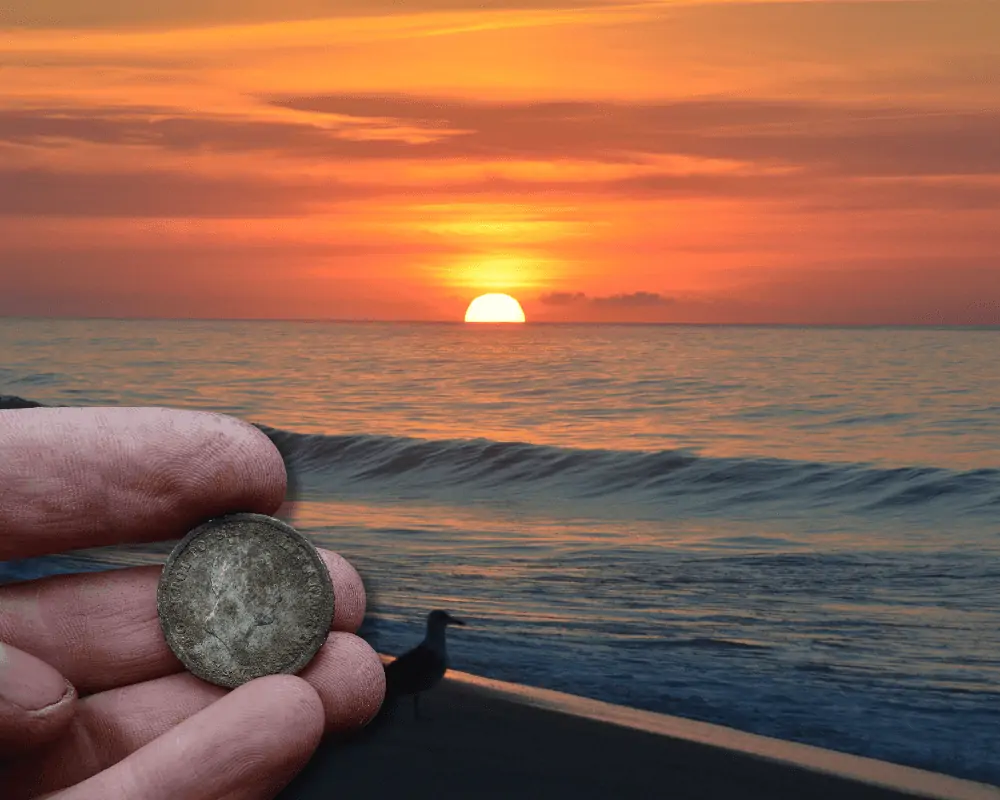
To clean silver coins in the ocean, one of the best methods to use is to induce an electrochemical reaction that effectively transfers the silver sulfide from the silver coins to a sacrificial material that is less desirable.
The easiest way to do this is with hot water, baking soda, and aluminum foil.
You will want to line a bowl or tub with the aluminum foil and make sure that all the coins can lay flat on the foil. Just make sure you are setting all this up in a space that has some ventilation. When the electrochemical reaction is created, it will create hydrogen sulfide gas.
This gas is incredibly corrosive and can be damaging to your lungs if inhaled in high concentrations.
So, you don’t want to do this in an enclosed space.
Add your baking soda once the coins are positioned on the foil. The amount of baking soda needed should be proportional and half the size of your bowl or tub.
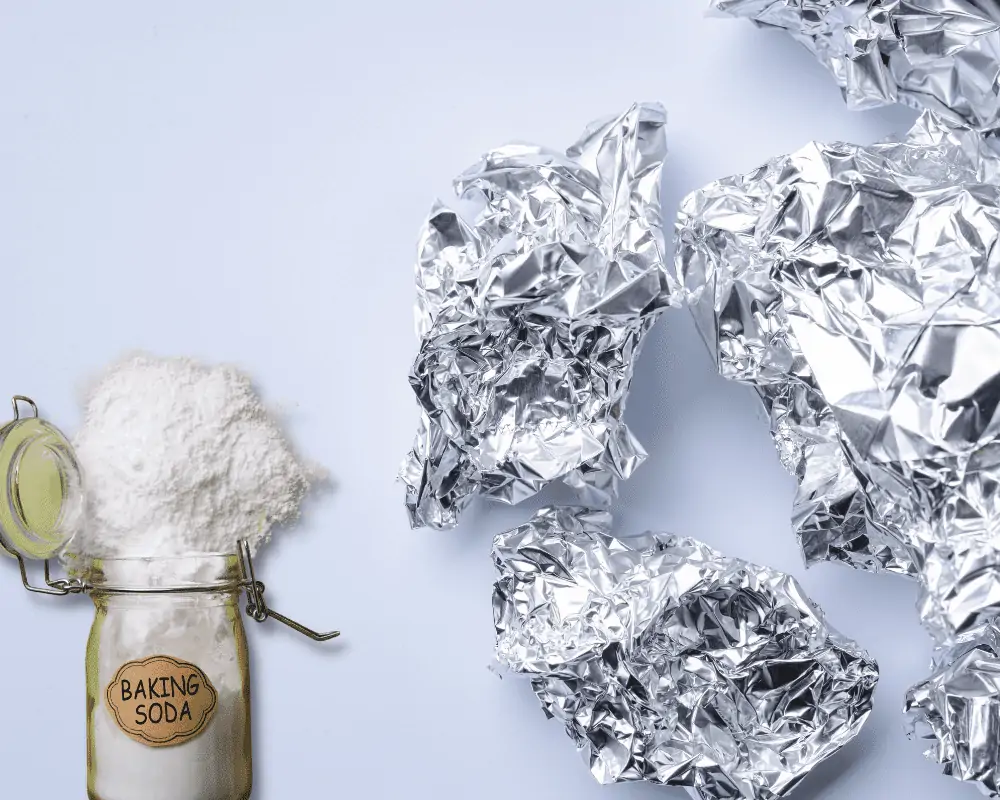
For instance, if you’re using a Tupperware container with 4 cups of available space, you should be using 2 cups of baking soda for this process.
Now you are ready to add hot water. I’d recommend boiling water as the hotter it is, the faster the reaction is created.
Before pouring in your hot water, make sure you are wearing a mask or at least keeping some breathing distance as this is where the corrosive gas is created.
So, pour in your water and watch as the electrochemical reaction produces a bubbling cleanse for about 15 minutes or so.

When it’s all done and the bubbles fizzle out, your coins should be clean and the sacrificial agent (aluminum foil) has taken the corrosive properties from the silver.
From here, you can simply rinse off the coins with water under the sink and use a toothbrush to remove any leftover tarnish still hanging on.
That’s it!
How to Clean Sunken Treasure Coins
This is where things can get a little tricky and I would recommend seeking out a professional.
Sunken treasure coins will have been in the water for who knows how long and will be incredibly corroded, depending on the metal. For instance, copper, bronze, and silver will develop a blackish layer or green patina over time while gold will usually maintain its original color.
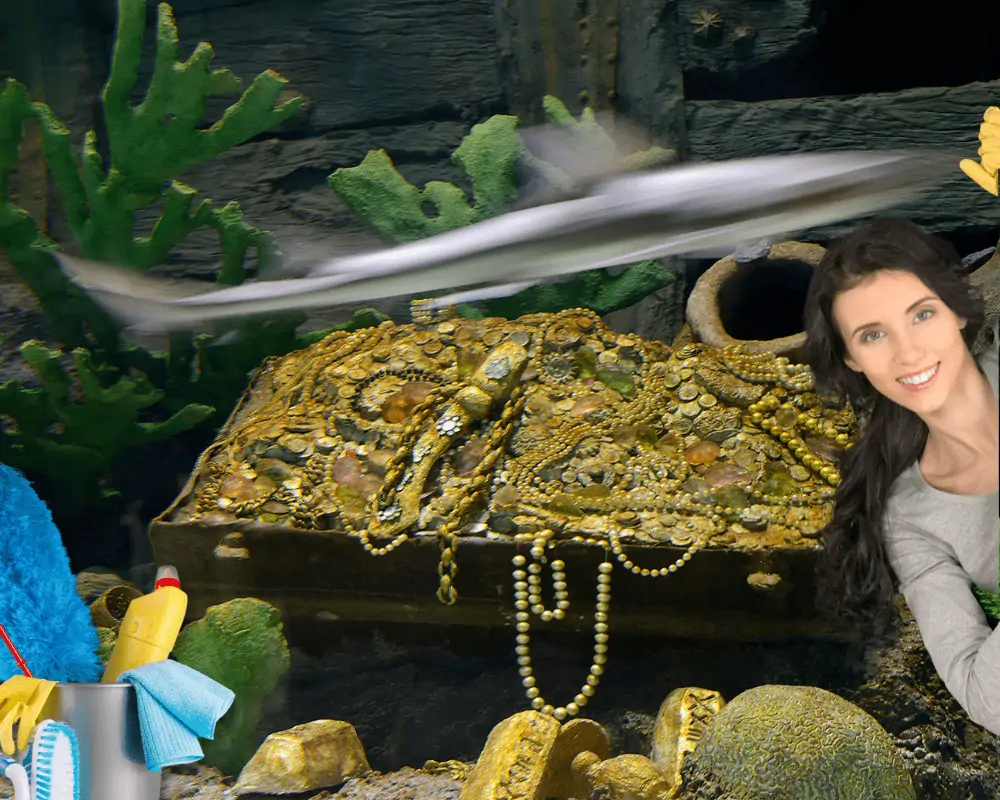
Each metal should be handled differently since some metals are far less durable than others when it comes to cleaning. Most importantly, your level of involvement should be extremely limited as even the smallest of wrong moves could cost you a fortune.
So, let’s tackle some of these differing coins on their own and how involved you should actually get with the cleaning process.
Cleaning Silver Treasure Coins
When it comes to treasure coins made out of silver, you should only attempt a minimum cleaning process involving light polishing of the rounded frame, a soft brushing with non-acidic soap and warm water, and a gentle rinse and dry with the softest of cotton towels.
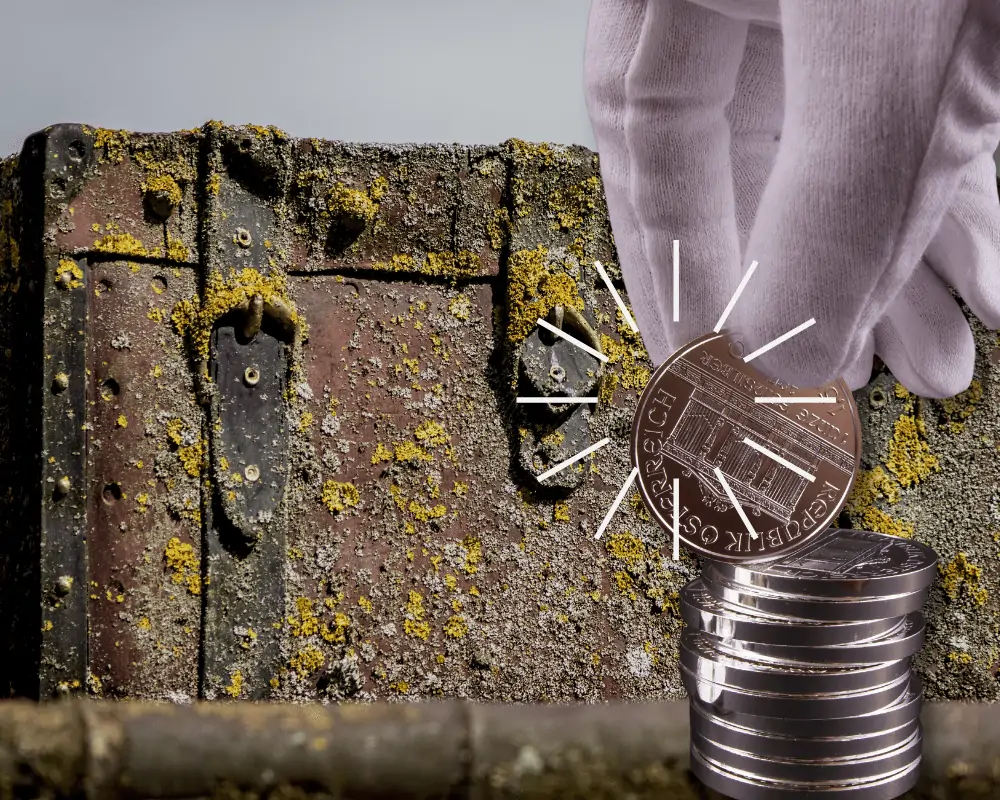
Anything more than that and you risk damaging the protective patina layer which gives you the most value possible. Your main goal should simply be to remove any fingerprints from handling the silver coin and brush off loose dirt and debris.
After that, a professional will determine how far to go, and I wouldn’t be surprised if that was the extent of it.
Cleaning Copper or Bronze Treasure Coins
Copper and bronze are far less durable than silver, so cleaning them will require even less intervention before it is taken to a professional to clean and possibly restore the treasure coins.
Normally, cleaning copper or bronze would be done with a vinegar bath or some other type of oxidation-removing solution. Even something as simple as removing the outer layers of dirt with a toothpick may be appropriate.
But with these coins coming from sunken treasure, I wouldn’t risk it. The patina found on bronze and copper coins is what actually protects the metal from further corrosion.
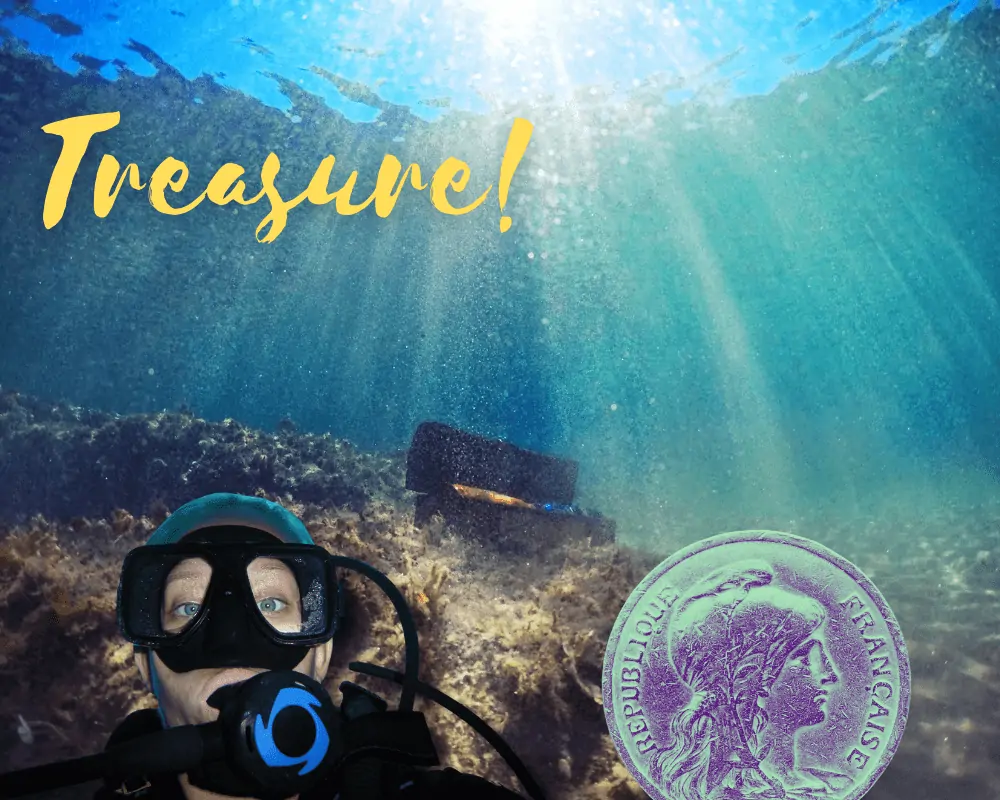
Additionally, this patina is often very valuable in its own right as it can greatly increase the coin’s value. So, unless you are a professional with years of experience, I would recommend avoiding any cleaning solutions altogether.
Cleaning Gold Treasure Coins
Gold coins are like a double-edged sword.
Because gold is such a soft metal, any rough or abrasive methods of cleaning would surely damage the surface of a gold coin.
But the good news is that a gold coin won’t need much cleaning in the first place. As we’ve said before, gold holds up well in seawater and is safe from any corrosion, no matter how long it’s been exposed.

Cleaning gold treasure coins can be done similarly to silver coins, with some non-acidic dish soap, and warm water, and then rinse and dry.
But in the end, you’ll still want to take it to a professional to properly value your newfound treasure, regardless of how much you interact with it.
Final Thoughts
Cleaning coins from the ocean can be a tricky business, but hopefully, this guide has given you a better understanding of the process.
As we’ve seen, each type of coin will require different levels of care and attention. And in most cases, it’s best to leave the cleaning to the professionals.
However, the best way that you can clean a coin from the ocean is by using a rock tumbler with dish soap and a quality media like stainless steel shot. This will make sure you get the shine and polish you are looking for without any confusion about the trickier processes.
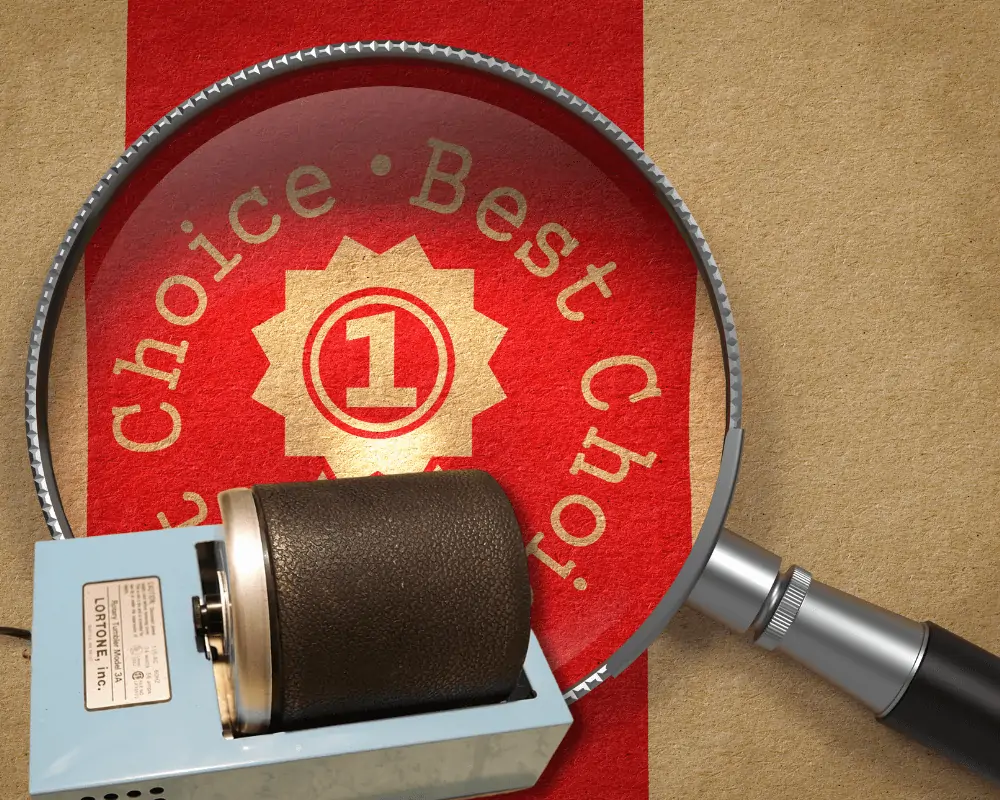
Just be sure you aren’t doing more damage by cleaning one of these corroded coins that have more value and history than you initially thought.
Short of seeking a professional every single time you find an old coin, it’s best that you start studying up on rare coins, lost treasure, and how to tell if a coin is unique from the others in your sand scoop.
Thanks for reading, and keep an eye out for the next installment of our cleaning series where we take a closer look at the process of electrolysis when cleaning relics.



